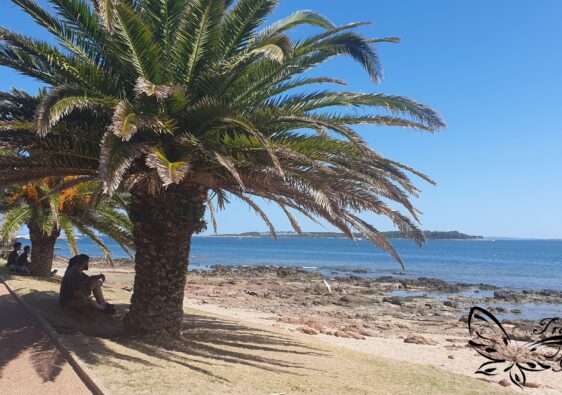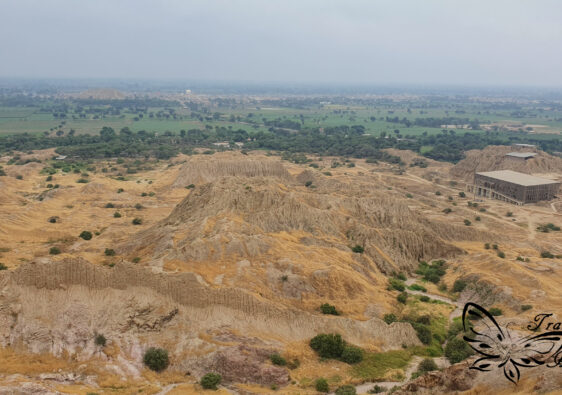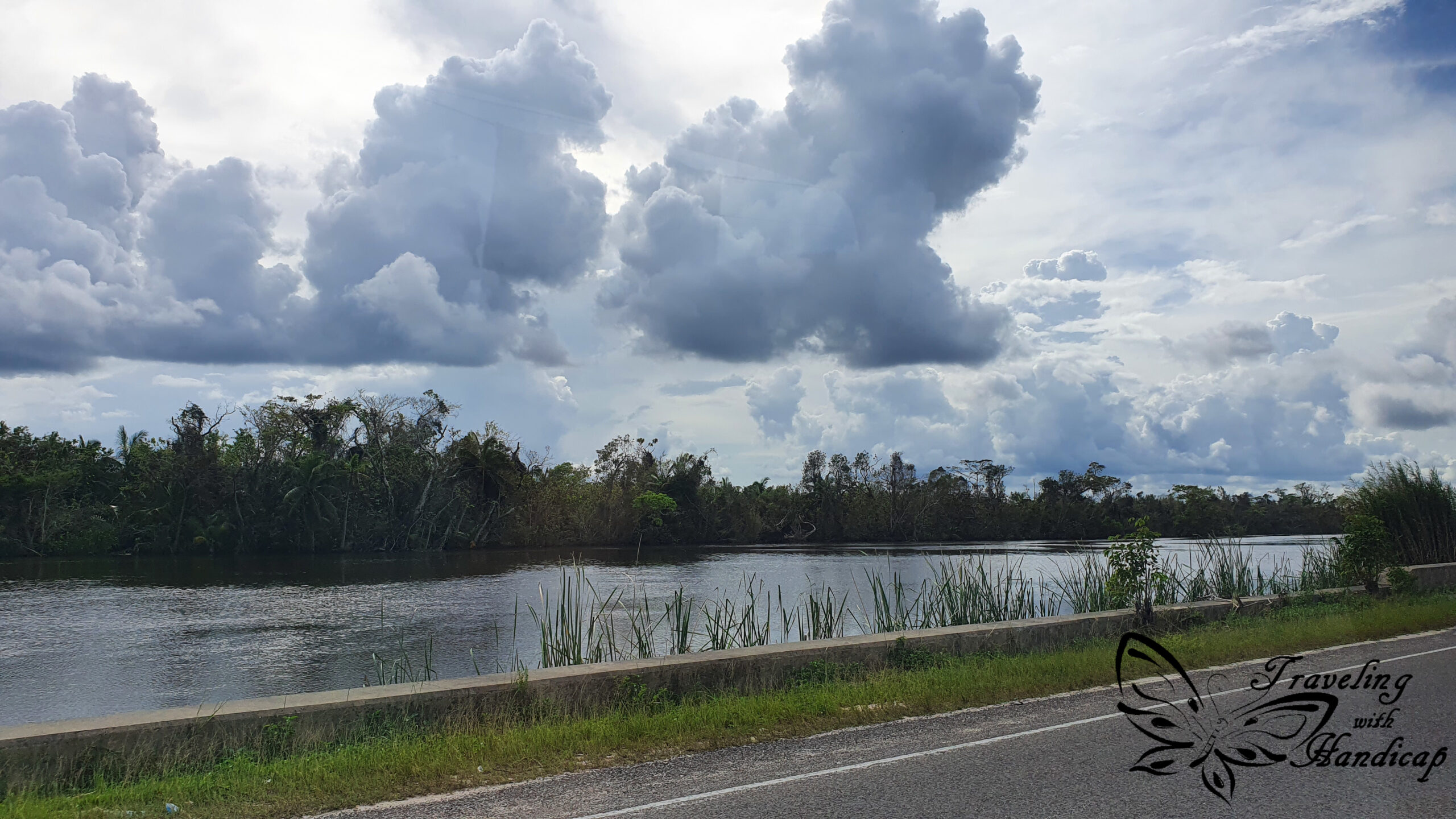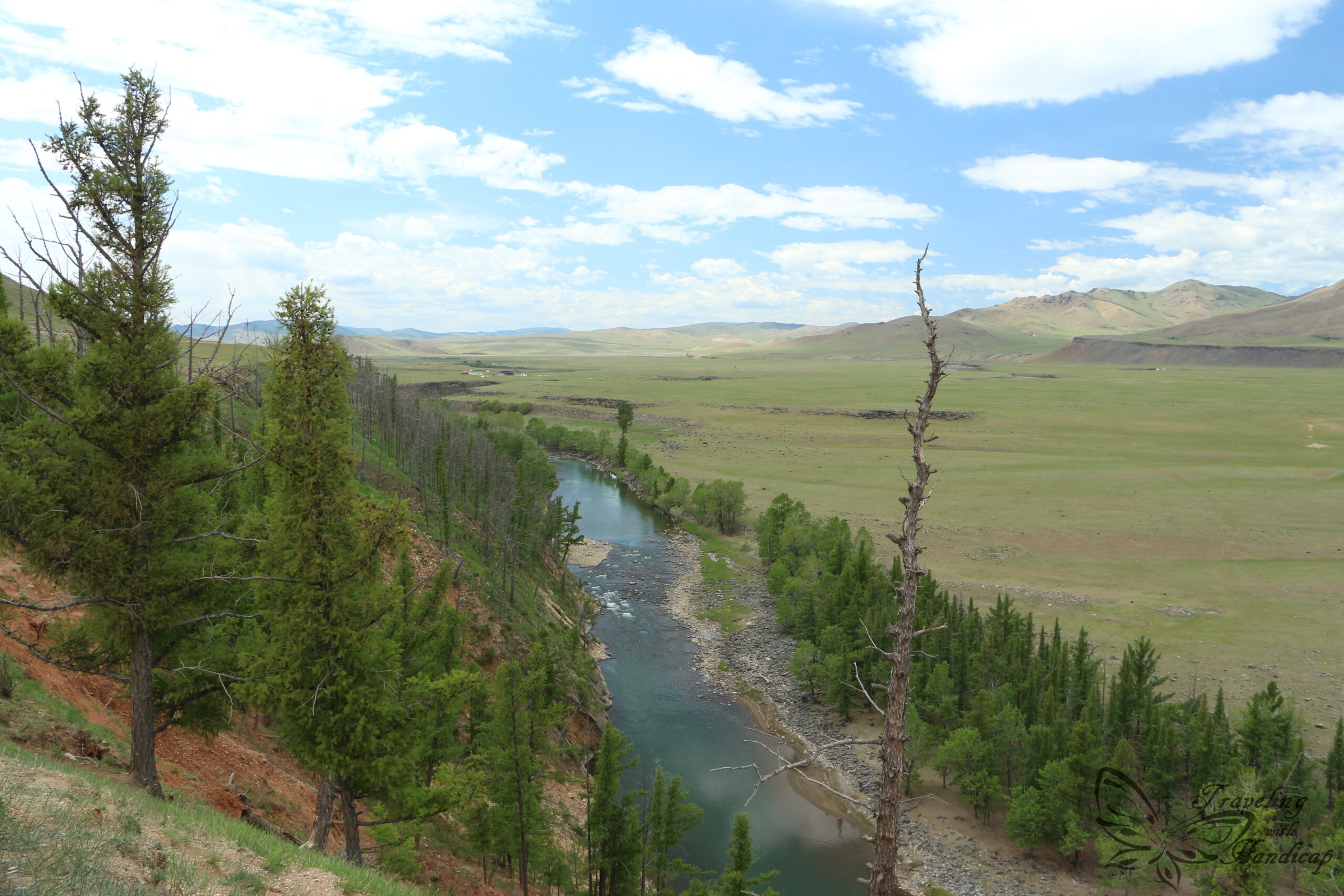Not all those who wander are lost.
— J.R.R. Tolkien —
Important Notes for entering Mongolia (from China) by train
Handling of currencies
I tried to spend my cash Yuan (Chinese currency) within Beijing and kept some few coins for the trip, just in case a dining car would be available on the train. This was not the case, so I exchanged the remaining Yuan for Tögrög within Ulaanbaatar. My hostel owners in Ulaanbaatar recommended changing the currency within the State Department Store, since it had very good exchange rates available. There are also well-equipped ATMs available within the store to get some more cash out. I used the ATMs of Khaan Bank, which were available at different villages across Mongolia.
Many tour providers also accept payment in US-$, however, you cannot get dollars from Mongolian ATMs. Since Tögrög (MNT, Mongolian Currency) are only valuable within the country, Mongolian companies try to have international bank accounts with savings in US-Dollars. If you want to pay for tours in Tögrög (cash), you have to get quite some money out, as 5000 MNT are about €1.50. I was a millionaire in MNT currency after getting cash out!
Getting to Beijing station
There are different big train stations located in Beijing. The train towards Mongolia starts at the Beijing Railway Station (Beijing Sta E St, Dongcheng). This is a different railway station than the Beijing South Railway Station, where I arrived with the high-speed train from Nanjing. I stayed at the Peking station hostel which was in walking distance to Beijing Railway Station, saving me any public transport trouble for my train-trip starting at 07:27 am. That hostel also has some good connection to public transport in general, and the Forbidden City is even in walking distance.
The security checks of baggage (as I knew from the high-speed train-stations) didn’t happen at Beijing Railway Station. I am not sure whether this was only a single case, maybe this has changed in the meantime. Just be prepared for scanning of all your baggage like at the airport. The security staff will take away all sharp things you carry in your baggage, so try to not bring any knifes (which might be part of your backpacking equipment).
Train connections to Mongolia
There are different trains connecting Beijing to Ulaanbaatar and even further to Russia. A good overview on those international trains can be found on the website of Travel China Guide. I could have taken the K23/24 (Beijing-Ulaanbaatar) or K3/K4 (Beijing-Moscow) trains. The number actually defines the train’s direction, whether it’s starting or arriving in Beijing. The mentioned trains are directly connecting Beijing with Ulaanbaatar.
There are other options from Beijing to Erenhot / Erlian, then taking a bus or taxi to cross the border, and continuing with another local Mongolian train from Zamyn-Üüd to Ulaanbaatar. Depending on the season, trains might be more or less booked. In my case, in late spring, my train was almost empty, no need to pre-book any expensive ticket.
Accessibility
The trains are not accessible by wheelchair users. Anybody who needs support in walking should either not travel alone or feel safe to request help by the staff. On my trips, the staff never spoke English, so I had to use my hands to communicate with them. More information on accessibility can be found in my article on the Trans-Mongolian Railway.
Traveling the Trans-Mongolian railway within China
Train Option #K23
I preferred the direct train connection considering the distance from Beijing to Ulaanbaatar, which is 1169 km. The whole trip took approximately 31 hours, and no dining car was present. Therefore, I ate all my prepared and packed (instant) food. On the day when I took the train, there were almost no passengers. Moreover, I was the only guest within my entire carriage. After a while, I walked up and down the entire train to check out possible company for a chat. A German couple expected a dining car, as I did, but they didn’t pack any food so I shared som of mine.
All those carriages have ample power outlets. Note that the bathrooms are not available within a certain distance of towns because the toilets empty directly to the tracks below. Back when I was traveling, no Wi-Fi was available on the train. I couldn’t check whether some 3G/4G network was available on the route, since I neither had a Chinese nor a Mongolian phone card. Within the cabin, all required bedding was supplied, consisting of sheets, a pillow, and blankets.
My train ticket consisted of different pages, it happened more than once that the staff took the complete ticket-pack. They didn’t give it back, since they saw the one page, which they were meant to keep for (parts of) the journey. I kept asking (with my hands) to get the (remaining pages) back. I stayed in a carriage with only 2-berth cabins, two cabins sharing one bathroom with toilet and shower each. Of course, this sounds like an expensive first class ticket, though, I found a comparatively cheap offer.

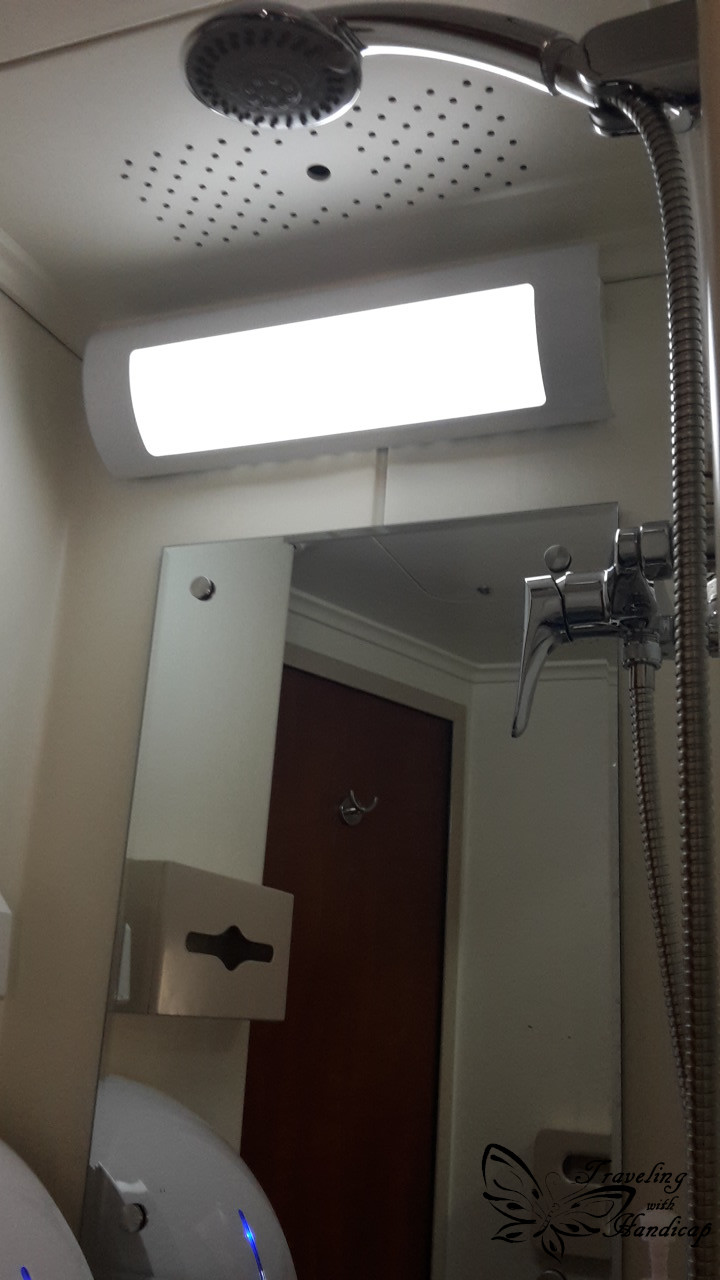
The stops within China
During my research, I read about jumping off the train at stops and buying some local food at Russian stations. Approximately 2.5 hours after departing Beijing, the train stopped in Sha-ling-zi-xi where we weren’t allowed to jump off. Then I realized that we will most likely not be allowed to jump off at any of the Chinese stations (Ji-ning-nan and Zhu-ri-he) until the border town, Erlian. In order to get at least some fresh air, I stood and waited next to the open carriage doors at every Chinese station.
After leaving Beijing and it’s many busy surrounding villages, the tracks passed through Inner Mongolia, an autonomous region of northern China. This is the only region in which the traditional Mongolian letters (individual words written vertically) is still used. The majority of people living in this region are Han Chinese, with a sizeable Mongol minority. Actually, the largest Mongolian population in the world, bigger than that of the country Mongolia.
I have read that Inner Mongolia would be one of the most economically developed provinces in China. From the train, I saw many industrial villages, some consisting of many high block houses, some with rather old, small and dirty ruin-like houses. The closer the train approached the Mongolian border, the fewer villages and the more empty and sparse the countryside.
The Chinese-Mongolian border crossing
Bogie Exchange
We reached Erlian at 20:30 pm and were supposed to leave at 1 am. The main reason for a 4.5 hour stop was the gauge change. Within China, the gauge is 1435 mm, whereas in Mongolia and Russia it is 1520 mm. We were asked to leave the train while it was brought to a specific area for bogie exchange. Details on how such an exchange technically works can be found on Wikipedia. Some people stayed on the train, sleeping. I thought about getting off the train and buying some proper meals anywhere in Erlian.
The many hours stop in Erlian
Well, me and some other young tourists tried to get off the train but ended up being stuck in Erlian station. We were not allowed to leave the station until a traveler speaking Chinese convinced the security staff to provide us exit-reentry cards. We walked around in Erlian, thankful for the Chinese knowledge of that girl. However, we didn’t find any proper restaurants which were still open, just some grocery stores for instant food. After roaming the surrounding streets for half an hour, we found a little store selling dumpling soup and bread. We were so happy about finally finding a place to have some warm and affordable dish.
We stayed until the store closed and went back to the station expecting to wait at the seating areas next to the track. However, we were forced to stay in the station building for hours, without proper fresh air, until the train came back to the platform and was checked by some security. After everyone was back on the train, officers checked our passports on the train. The checking process was quick compared to the change of gauge process. If I take this train a second time, I would stay on the train having some instant-dinner and sleeping until midnight, until passport-control.
Entering Mongolia
After departing Erlian, it took half an hour to reach the Mongolian border village, Zamyn-Üüd. It was 1.30 am and we had another 1.5 hours stop for immigration purposes. Luckily, we were not many people on the train and thus quicker than expected. If the train is fully booked, it might take those 1.5 hours until you get your passport back. I happily fell asleep by 2am.
Travel within Mongolia
The staff of my carriage increased the heating to 27° during nighttime. Like this, I woke up sweating at 5:30 am. As I knew to be the only passenger on that carriage, I went to the staff and requested to lower the heating. I didn’t jump off the train at the stop in Sainshand, I rather inhaled deeply all the fresh air from the doorstep. 3.5 hours later, we stopped in Choir. There, finally, people waited along the tracks selling self-made and packed food at the tracks. I didn’t buy anything. Instead, I used the stop to finally walk along the track for a while. It was quite chilly, though. After 4 more hours, we reached Ulaanbaatar.
Mongolian landscape
When I woke up at 5:30, the sun was still very low, just after sunrise. We were crossing the Gobi Desert, everything was flat and dry, and the brown soil was glittering thanks to the rising sun. Even though I was very tired, this view was too impressive to sleep. Occasionally, animals were gazing around, mostly horses. No plants to be seen anywhere, just some clumps of grass. Infinite vastness for hours. Sporadically, a few single houses were built along the train tracks.
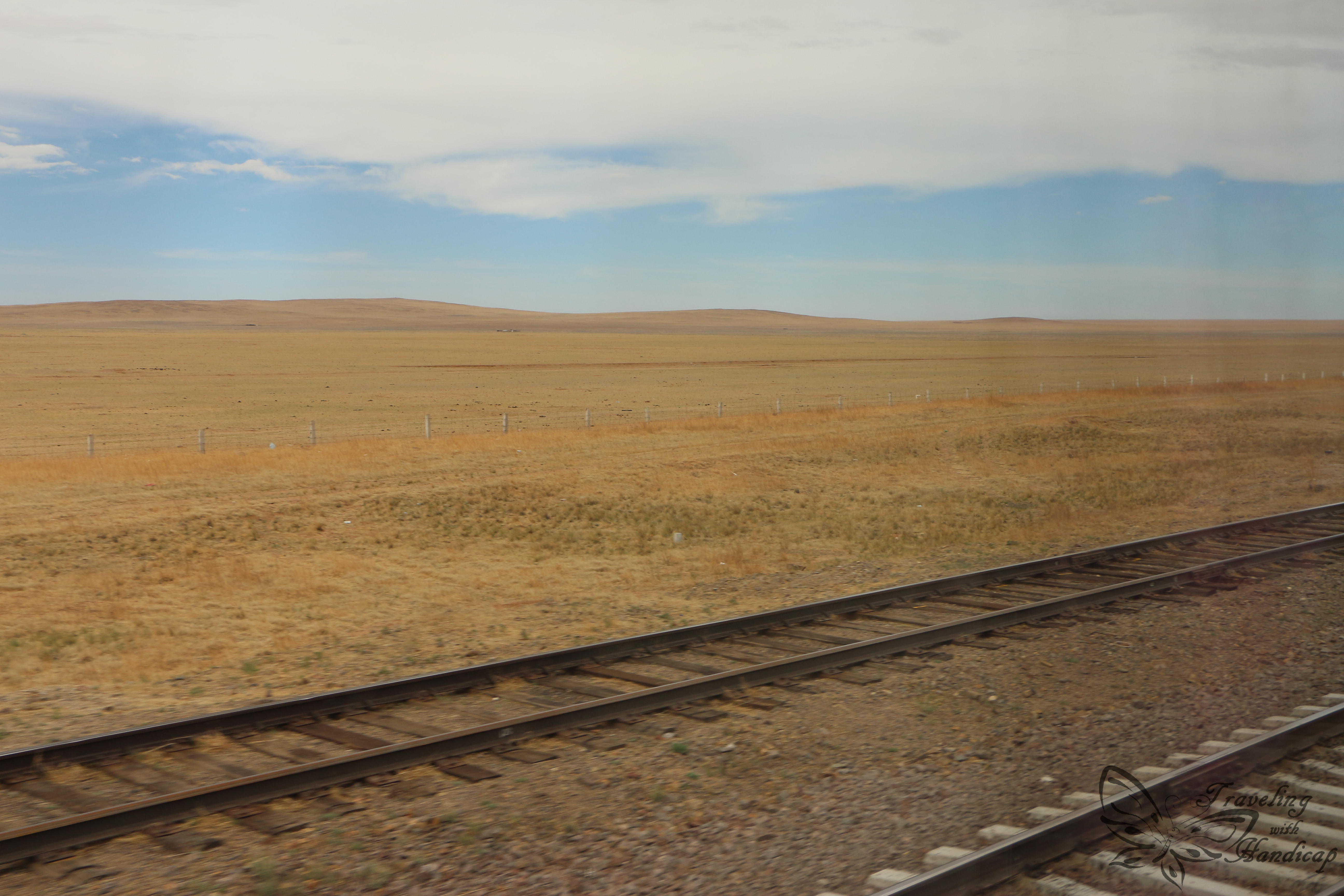
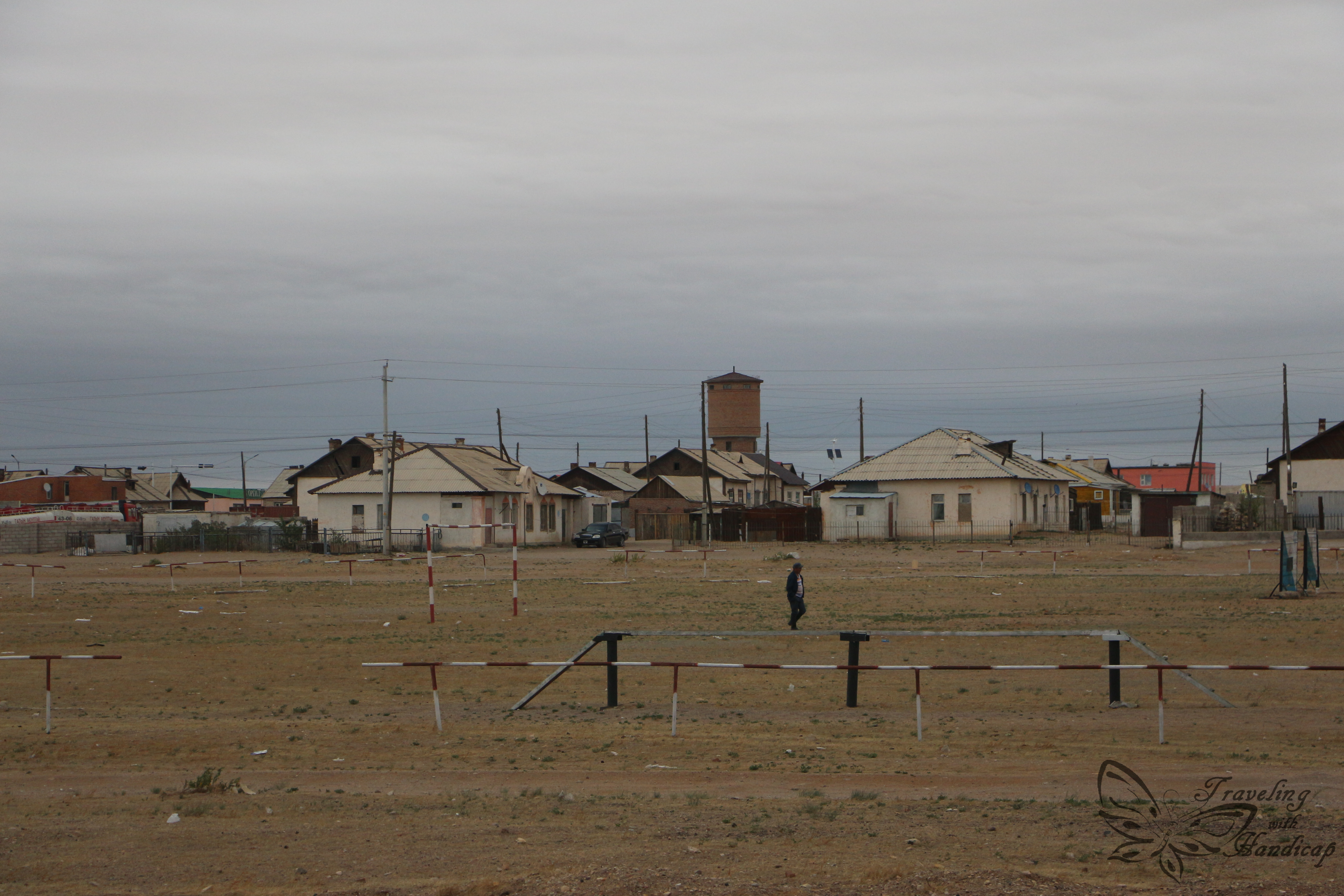
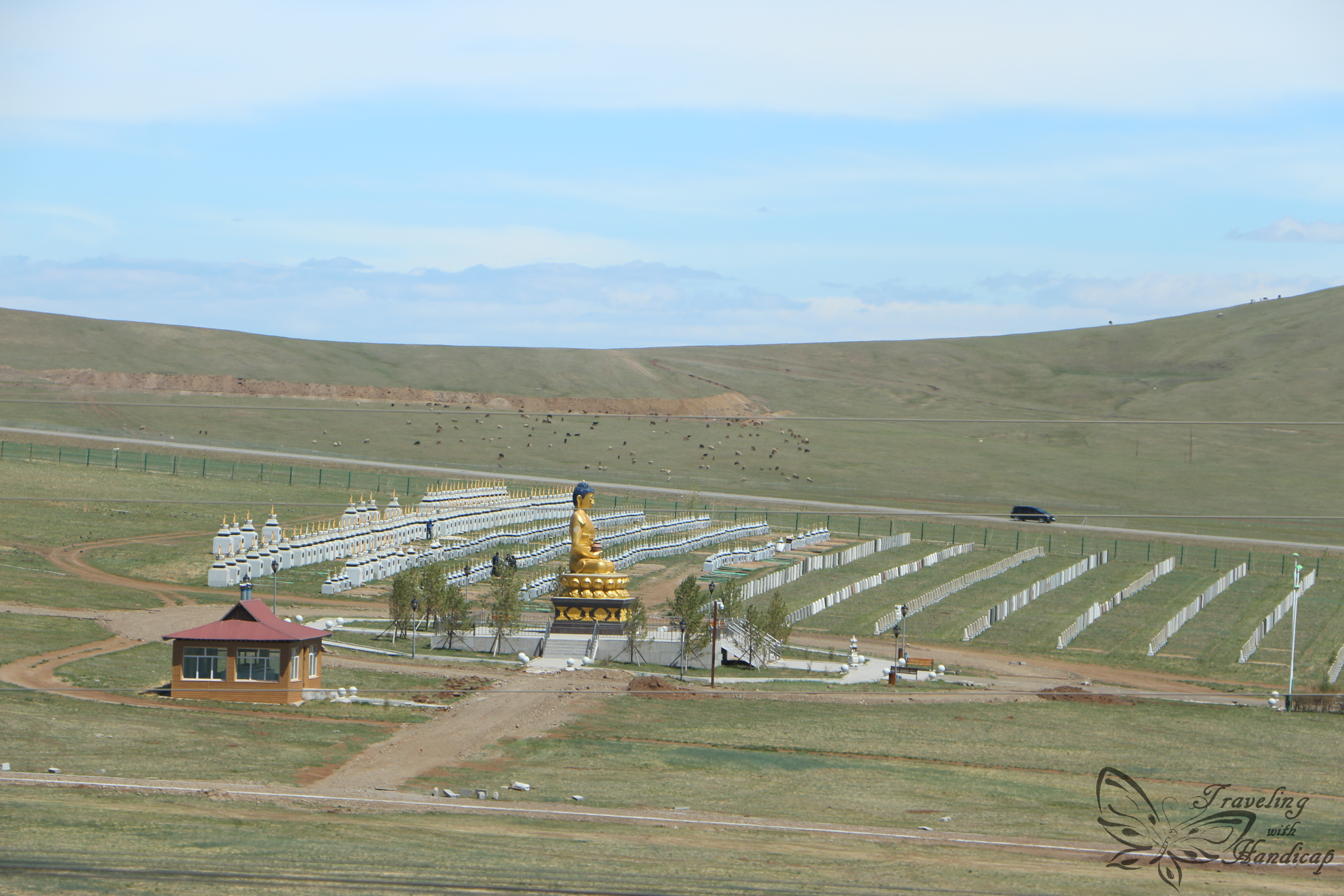
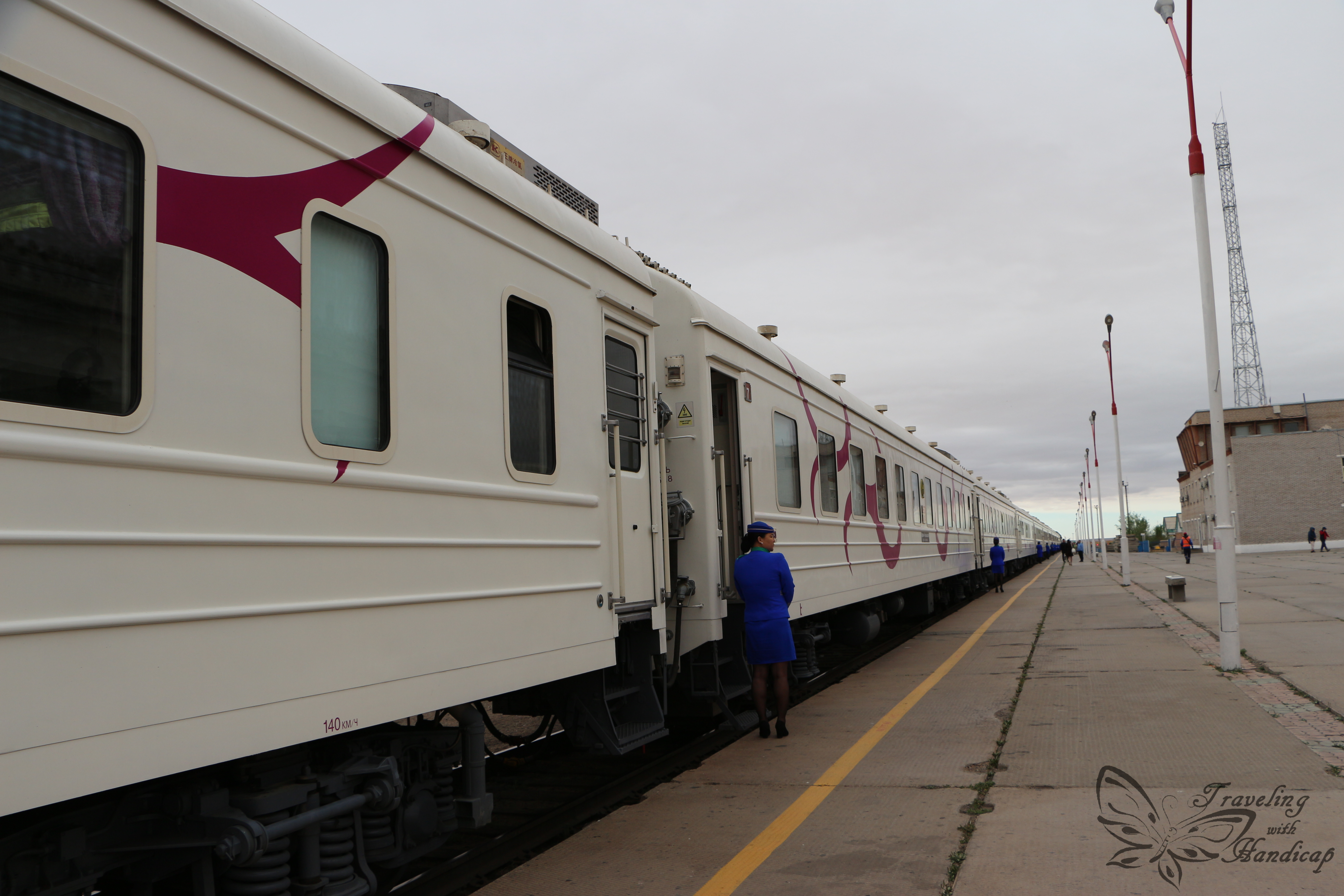

A few hours after departing Choir, closer to Ulaanbaatar, the brown vastness turned into very smooth hills covered with green grass. I was so excited after seeing the first (naturally grown) tree after entering Mongolia. Before that trip, I would have never expected to be so excited about trees. The more trees in sight, the closer we approached Ulaanbaatar and the more industry appeared close to the tracks.
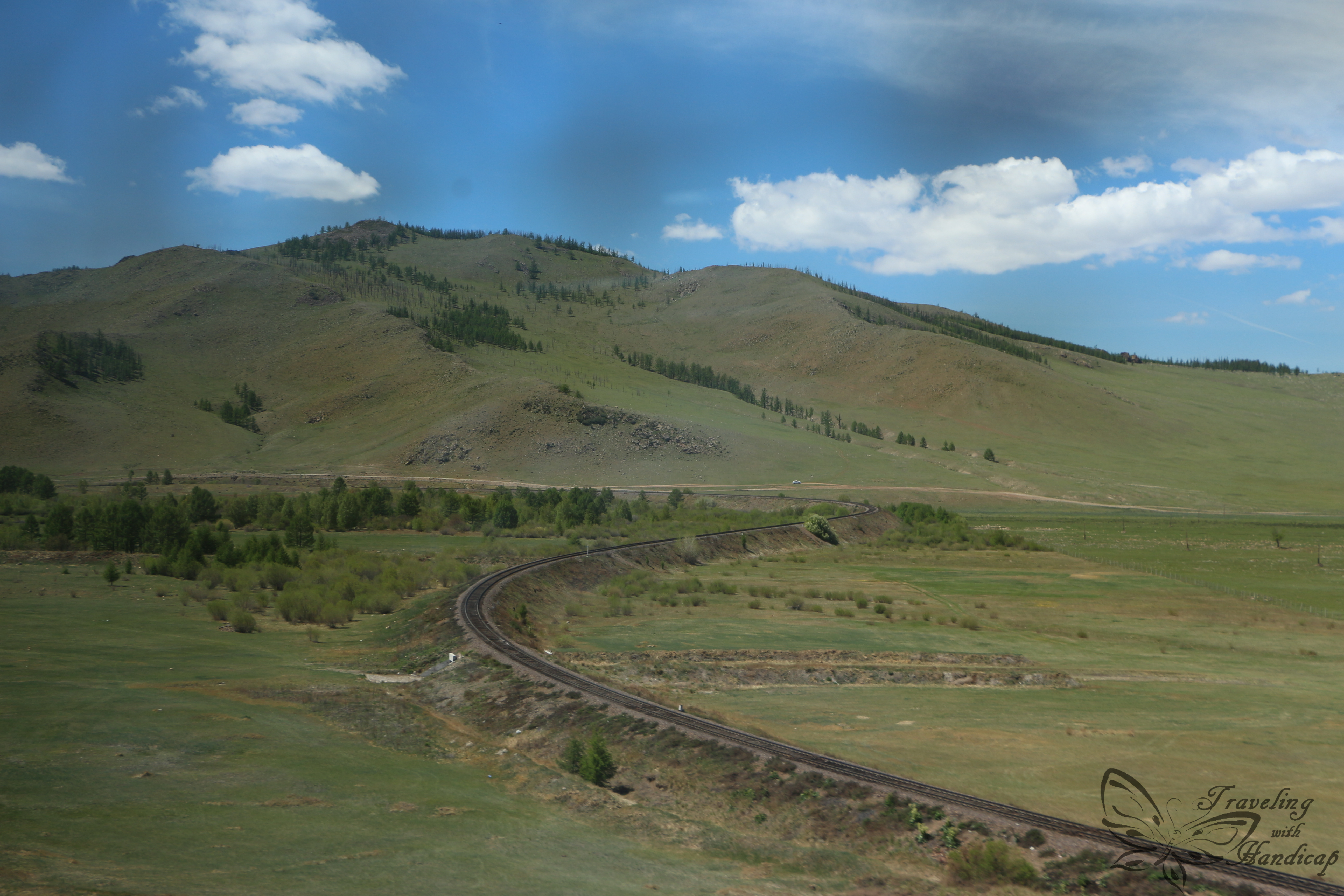
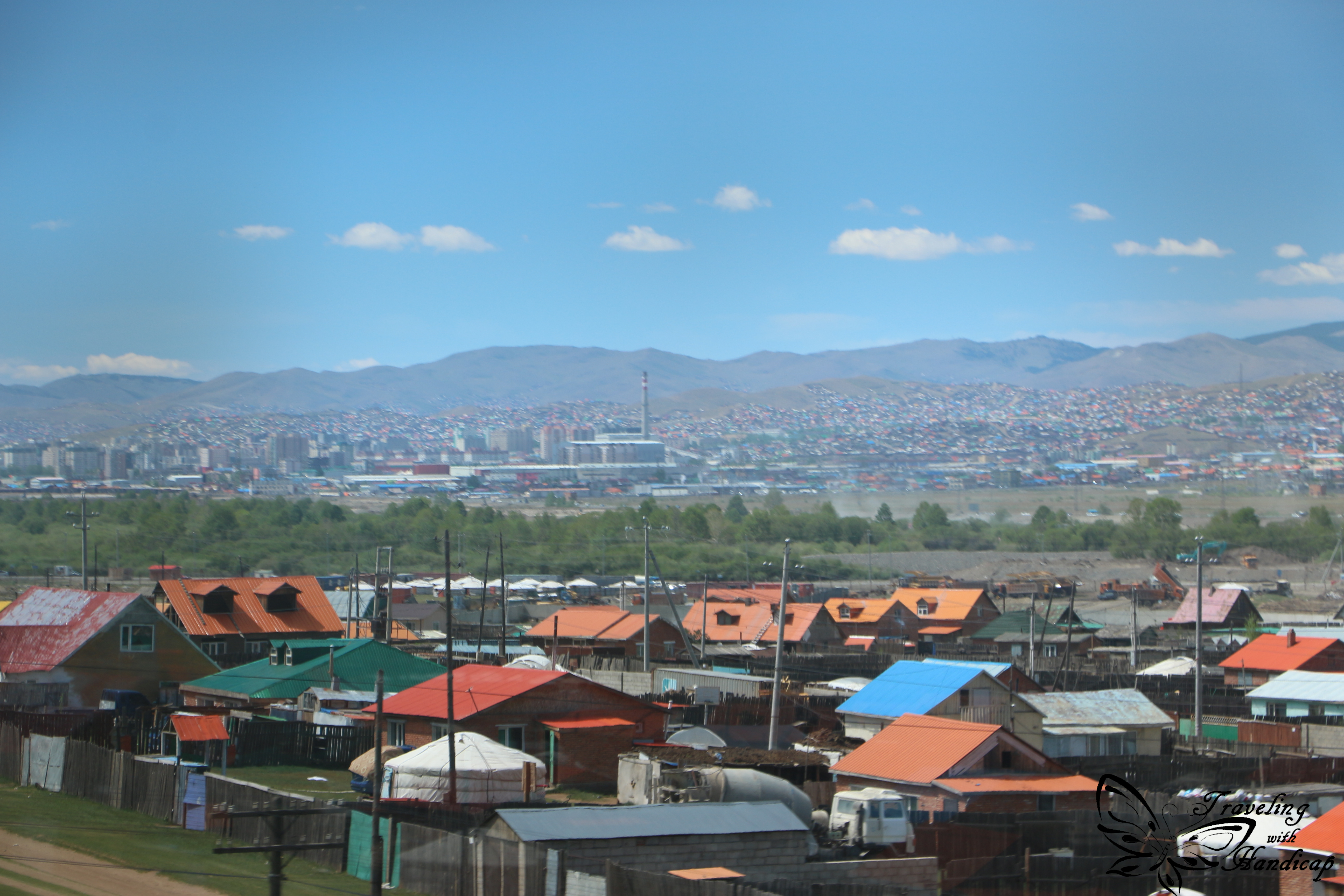
Arriving in Ulaanbaatar
Right after exiting the train at the Ulaanbaatar station, I was approached by many people trying to sell their tours across all Mongolia. The standard question was whether I already have any plans, and the immediate answer that they know best what I should do. I recommend to be prepare with some research on tour providers, to avoid tourist traps. Details on how I picked my hostel and tour provider are within my article on the Gobi Desert, the first part of my 12-day tour.
It is comparatively difficult to travel Mongolia by yourself if you intend to see more than just Ulaanbaatar. And, trust me, you will get the true Mongolian experience if you jump out of your comfort zone, stay in ger tents with local families, listen to their stories, play their traditional games, ride on camels, horses…

